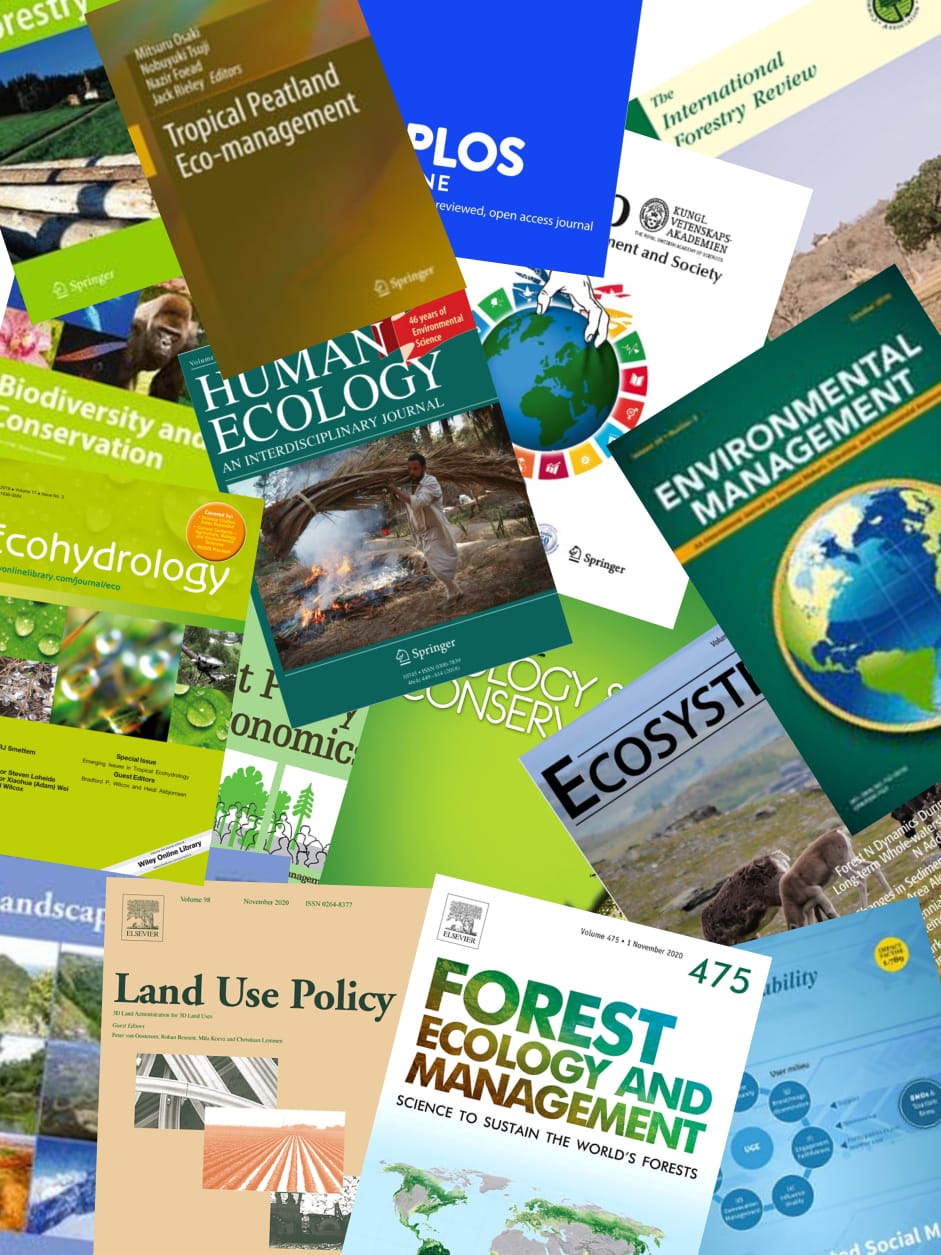Forest and land fires in Southeast Asia have many social, economic, and environmental impacts. Tropical peatland fires affect global carbon dynamics, and haze from peat fires has serious negative impacts on the regional economy and human health. To mitigate these fire-related problems, forest and land management agencies require an early warning system to assist them in implementing fire prevention and management plans before fire problems begin. Fire Danger Rating Systems (FDRS) were developed for Indonesia and Malaysia to provide early warning of the potential for serious fire and haze events. In particular, they identify time periods when fires can readily start and spread to become uncontrolled fires and time periods when smoke from smouldering fires will cause an unacceptably high level of haze. The FDRS were developed by adapting components of the Canadian Forest Fire Danger Rating System, including the Canadian Forest Fire Weather Index (FWI) System and the Canadian Forest Fire Behavior Prediction (FBP) System, to local vegetation, climate, and fire regime conditions. A smoke potential indicator was developed using the Drought Code (DC) of the FWI System. Historical air quality analysis showed that the occurrence of severe haze events increased substantially when DC was above 400. An ignition potential indicator was developed using the Fine Fuel Moisture Code (FFMC) of the FWI System. Historical hot spot analysis, grass moisture, and grass ignition studies showed that fire occurrence and the ability for grass fires to start and spread dramatically increased when FFMC > 82. The Initial Spread Index (ISI) of the FWI System was used to develop a difficulty of control indicator for grassland fires, a fuel type that can exhibit high rates of spread and fire intensity. This ISI-based indicator was developed using the grass fuel model of the FBP System, along with a standard grass fuel load and curing level estimated from previous Indonesian studies. Very high fire intensity is expected in grasslands when ISI ≥ 6. To provide early warning, the FDRS identifies classes of increasing fire danger as the FFMC, DC, and ISI approach these key threshold values. The Indonesian FDRS is now operated nationally at the Indonesian Meteorological and Geophysical Agency. The Malaysian Meteorological Service operates the Malaysian FDRS and displays regional outputs for the Association of Southeast Asian Nations. The FDRS are being used by forestry, agriculture, environment, and fire and rescue agencies to develop and implement fire prevention, detection, and suppression plans. © 2007 Springer Science+Business Media, B.V.
View source

